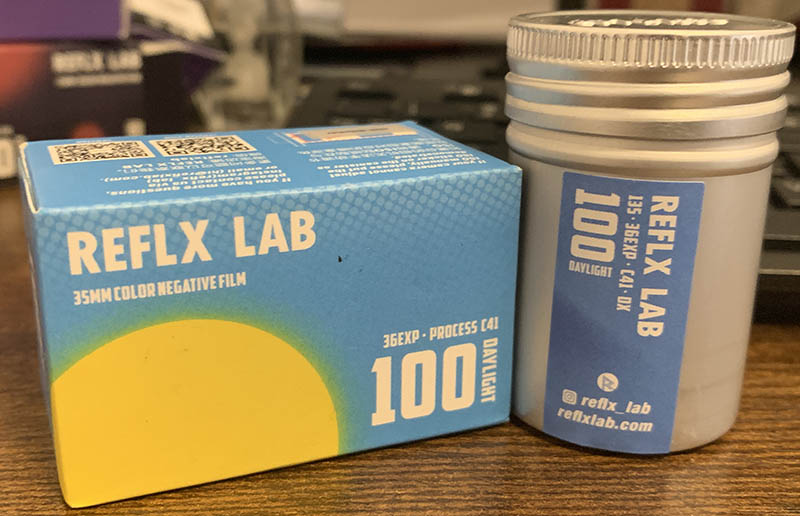Hello, everybody! Do you know Miyako Harumi (都 はるみ)? She is a celebrated Japanese folk singer who is popular from the 1960s up until today, she is an inspiration to many generations of singers. Her voice is very powerful and distinctive, exhibiting a wide range, it’s something that’s hard to match even to today. I think she is one of the best folk singers Japan has ever produced. Another striking thing about her is how small she is, despite her being tiny, she is able to channel such a powerful voice, something unexpected. I will show you something today that is tiny, and like Miyako Harumi, its performance is nothing small. Hear more about it in this article and see if you will agree with my assumption.
Introduction:
The Cine-Nikkor 50mm f/1.8 is a lens that was made for the 16mm format, I dare say that it’s probably the most popular of the C-Mount Nikkors due to its abundance in the used market. I don’t know when it was made but I can speculate that it ran from the late 1950s up until the 1970s judging from boxes and other things such as brochures and literature. There’s not a lot of information about Cine-Nikkors that can be found on the web, even the exhibit at the Nikon Museum about the Cine-Nikkors did not have everything that I need to date these little gems.

The barrel has the standard Cine-Nikkor design but it’s a bit shorter compared to some of its peers. It is a very well-made lens, the all-metal barrel is durable, the orientation of the mount can even be adjusted so you can see the engravings properly, just push the thread in and turn it to match your preference.
More



